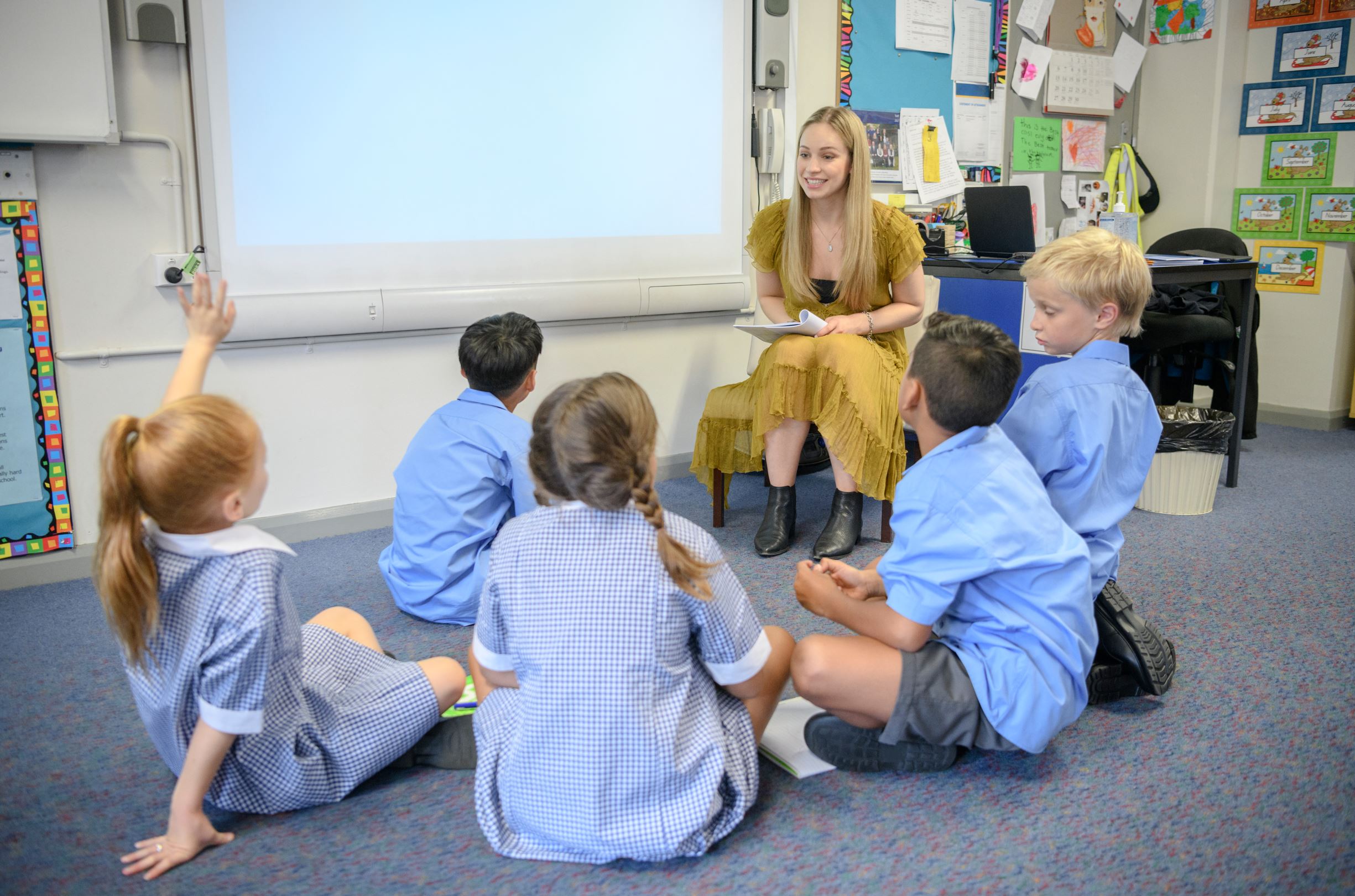What’s just as true is that we should be making it as easy as possible for teachers to teach at their highest quality.
A decent example of focusing on the conditions in which teachers work effectively is what’s called ‘looping’. It’s a practice deployed in several countries that we routinely look to for inspiration, such as Finland and Estonia.
But it’s also been used and studied now in a few other countries, including the US, and in Australia too.
Looping is designing to have primary school students progress from one year level to another – or even multiple years – in the company of the same teacher.
The evidence base for the positive student learning benefits of looping is as overwhelming as it is embarrassingly obvious.
Professor Adam Grant wrote about those benefits in this New York Times article, too.
The bottom line is that teachers who spend longer with their students tailor their classroom experiences for optimised social and academic growth.
Schools and systems that embrace looping enable and empower their teachers to become specialists in their students rather than in subjects or content.
And what do teachers experience when their school starts looping? They report increased job satisfaction, coupled with a confidence that they are more effective coaches and mentors for their students.
Looping involves no additional teacher or leader work. In fact, it could be argued that it’s less labour intensive.
And whether your school loops or not, school leaders should certainly be prioritising improvement initiatives that make it easier for teachers at every possible turn.














